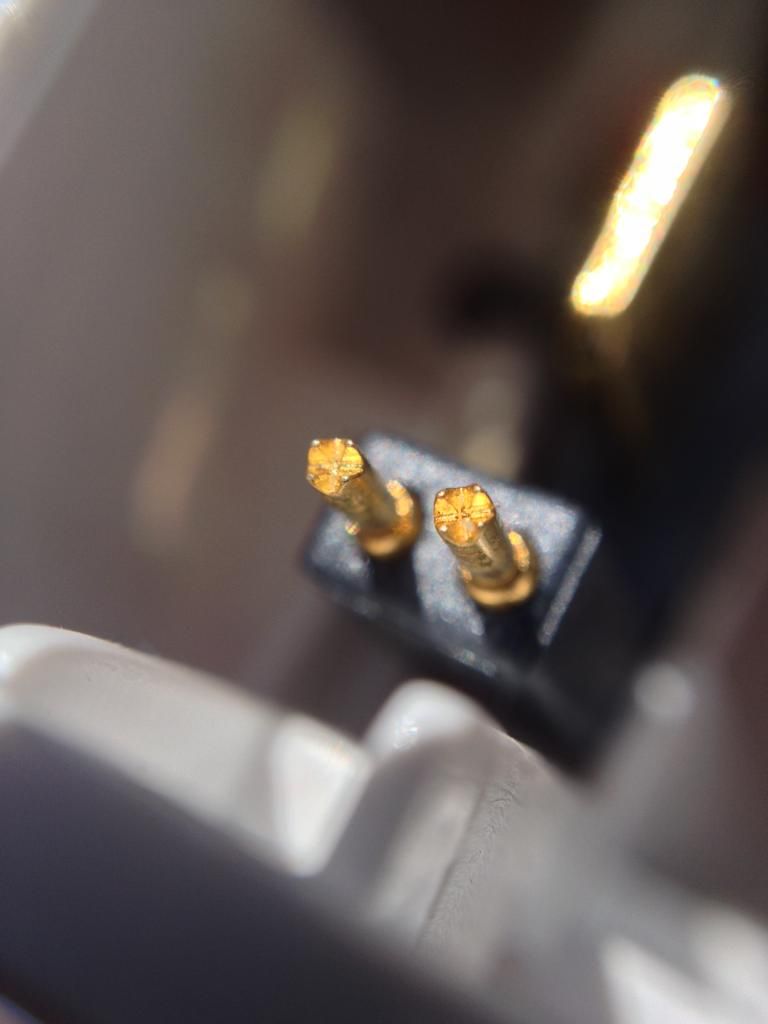sar104 said:
N017RW said:
sar104 said:
I agree - that would be too much of a voltage drop to be simply current induced with a healthy battery. Suggests another problem, such as a poor connection on the power circuit or voltage monitoring circuit.
No you sure wouldn't expect that at 40% if you knew for a fact about the power status.
I have no faith in the 'smart battery' B.S. % B.S.
This LED graph is being proven to be an unreliable indication of the actual state of the battery and looks like it has manifested itself in all these premature auto-land reports.
These batteries are likely high Ir (low 'C') due to the low current demanded as compaered to many other electric a/c and helis.
This makes them cheaper to produce and more susceptible to Vsag.
Time will tell.
You think the voltage monitoring itself is inaccurate? I'm suspicious that it is the connections to the battery. Is the battery reporting it's status to the Naza, or is the Naza interpreting battery voltage? I've been assuming that the autoland issues and the battery shutdown during flight issues are not directly related.
I don't like or trust the LED 'graph'.
First off, full-disclosure, I don't know anymore specifics than most here with regards to the battery's comm. lines to the MC, communication protocols, etc. These lines have been 'sniffed' and documented by others and there is information out there but I'm not interested it won't help me.
We do know there is monitoring being done thus the two programmable warning levels (% based) and the one 'hidden', or better yet non-programmable, 10.65v 'hard limit'. (BTW It's not hidden, it's in the manual... Chinese translation I imagine.)
The whole thing stinks. Putting power distribution 'in the hands' of a h/w, s/w monitoring/control system/algorithm in a vehicle intended to be airborne is ridiculous.
It's part of the DJI 'for Everyone' marketing intentions of this product.
Non-traditional R/C hobbyists don't want to know or be bothered with the effort and care it takes to properly use and maintain a LiPo. So DJI makes this whiz-bang do-it-all for you 'smart battery'. One could argue it does improve safety for the non-LiPo experienced too.
I have not yet had this problem(s). I only have about 20 cycles on my battery.
I recently converted my control system to a T10J so now I have on-board LiPo voltage telemetry.
I can now begin to observe behavior and compare the various output displays.
As I said, time will tell.








